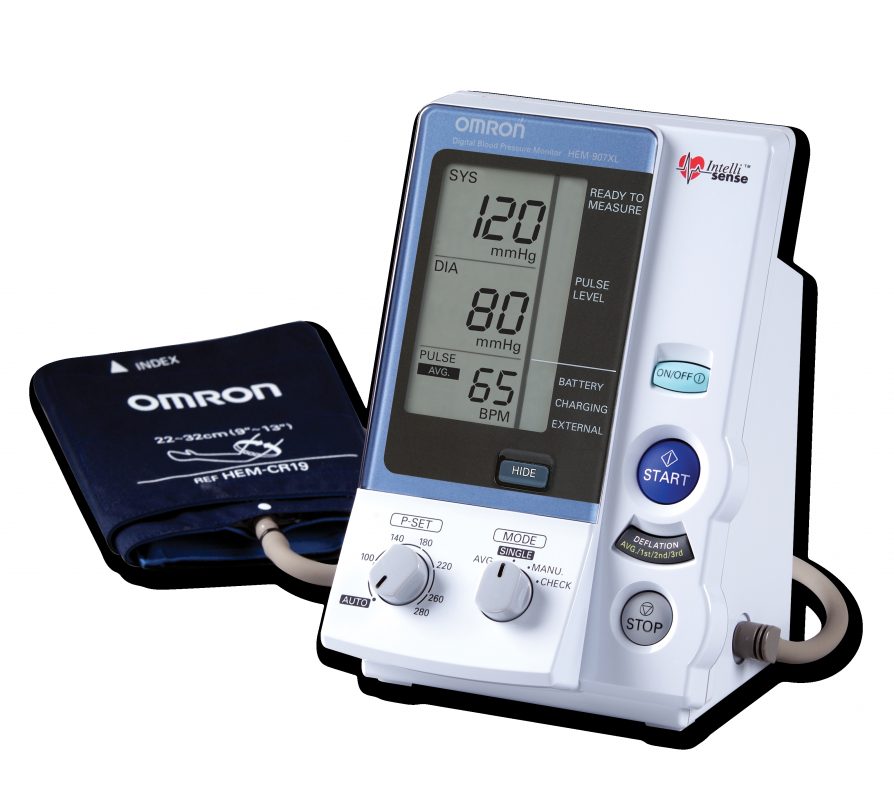A peer-reviewed, published study by the National Center for Health Statistics and supported by the CDC comparing manual and electronic blood pressure monitors demonstrated that medical professionals could replace the mercury sphygmomanometer traditionally used in physician offices with an automated monitor such as the OMRON HEM-907XL and maintain consistent medical-grade accuracy. Researchers found the OMRON HEM-907XL matched the accuracy of mercury sphygmomanometers and concluded that making the switch to the automated blood pressure monitor could reduce and eliminate the presence of mercury in blood pressure monitors, and achieve environmental benefits and cost effectiveness for medical practices.
“OMRON blood pressure monitors are reviewed by the FDA, cleared as medical devices, and rank as the number one brand among physicians and pharmacists. This new study is a testament to the accuracy and reliability of our medical devices,” said Jim Li, executive director, Global Medical Affairs for OMRON Healthcare. “This study highlights the opportunity for medical professionals and benefits the environment by replacing the mercury sphygmomanometer.”
The test group was comprised of 4,477 eligible participants over a one-year period with ages ranging from 18 through 60 and over. Within the test group, blood pressure was measured using two protocols – the auscultation protocol (AP) administered by a physician using a mercury sphygmomanometer and the oscillometric protocol (OP) administered by a health technician using an OMRON HEM-907XL device – in a randomly assigned order. Between-protocol, mean systolic BP and diastolic BP measurements were compared. Then, the prevalence of stage 1 high blood pressure was determined, and protocols were evaluated.
Results showed that although mean systolic BP and diastolic BP obtained by AP and OP differed, the prevalence of stage 1 high blood pressure did not differ, suggesting that a change in protocol may not affect blood pressure prevalence estimates.
This research adds to a body of established science on OMRON’s HEM-907XL, which is clinically validated for accuracy and designed for use in a professional setting including a physician’s office, hospital, or other point of care environment. For more information on OMRON’s HEM-907XL or Professional Intellisense® Blood Pressure Monitor, visit www.omronhealthcare.com.
